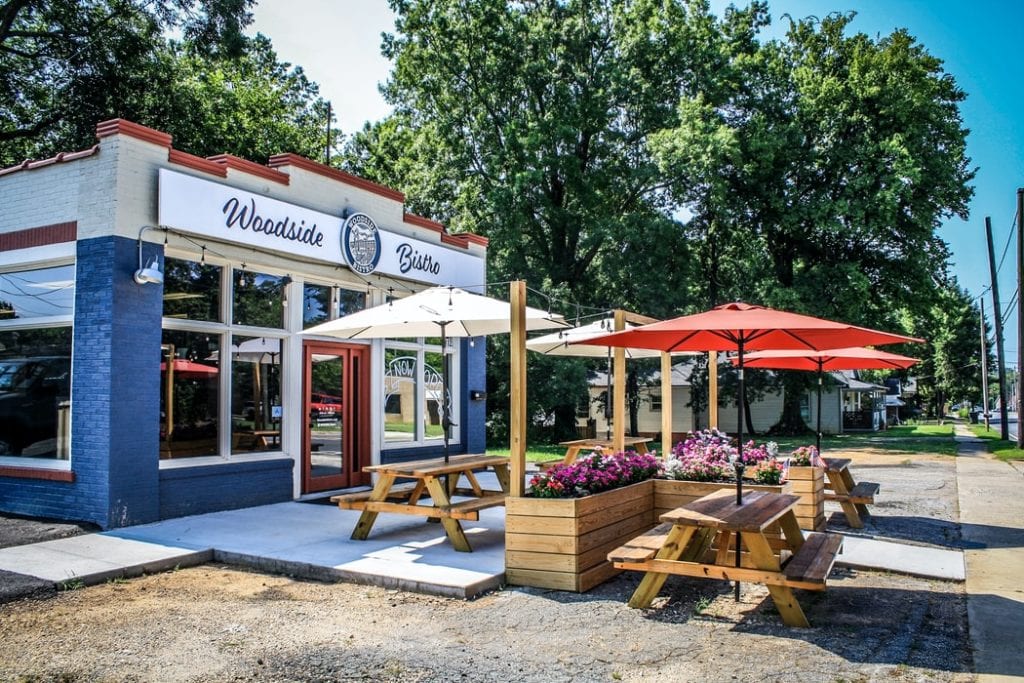How to prepare for your longest ride ever
Challenge yourself and take full advantage of these long summer days

There’s a touching moment in the Lord of the Rings, when Samwise Gamgee stops at the edge of a field and says: “If I take one more step, it’ll be the farthest away from home I’ve ever been.”
“Come on Sam,” says Frodo Baggins encouragingly, and the two set off on their adventure.
It’s easy to feel a bit like Sam, peering cautiously into the unknown as you plan your longest ride ever, but as long as you keep your footing (or in this case, the rubber-side down) you’re in for a great adventure.
1. Build your route
Before you make the route, think about how much you’ll be able to handle. If the ride is more than double the longest distance you’ve ever ridden, consider shortening it slightly. You’ll also want to think about elevation—a long ride on a mostly flat route will be significantly less challenging than on a route with lots of climbs.
Strava’s premium Routes features is generally pretty good for planning rides. It will suggest routes using roads popular with cyclists and it gives you a number of options to toggle the map. If you know a local rider who has done a ride around the distance you’re aiming for, you can take it and replicate it (on desktop open their ride>click on the three dots on the far left>create route) and modify it as you’d like.
If you don’t have Strava premium, RideWithGPS has many of the same functions as Routes, and will show you local routes people have put together as well.
2. Account for stops
Riding in the country is great, but it can become not-so-great pretty quickly when there are no gas stations or corner stores for 30 km and you’ve run out of water. While you plan your route, try and make sure you’ll pass by somewhere that sells water and food semi-regularly. You might not need the option, but it’s important to have just in case.
It’s also nice to have somewhere to stop for lunch that isn’t a gas station—look for a local cafe or restaurant and call beforehand to make sure they’re open on the day of your ride. The number of stops you make will depend on the heat, your fitness level and the distance you’re riding, but it’s better to give yourself more options just in case.
3. Taper a few days beforehand
You don’t have to take a week off of riding to prepare for your adventure, but your body will thank you if you go into the big ride with fresh legs. Starting a few days before you hit the road don’t do anything that will leave you feeling sore. This could mean only easy rides, not going for a jog, or even just not standing all day if your body isn’t used to that kind of thing.
4. Look at the forecast
Keep an eye on the forecast in the days leading up to your ride. If you’re riding far from your starting point, don’t forget to look at the forecast for the area you’ll wind up in.
If it’s raining, you may want to consider rescheduling. It’s also important to consider heat, as you’ll be spending a chunk of the day basking in the sun. If you’re prone to heatstroke and the forecast is predicting 30 degree temperatures and no cloud coverage, you may want to reschedule your ride.
5. Plan your nutrition
Bring more food than you think you will need. Think about things that you’re always able to eat on the bike, because at some point you may have to force yourself to eat them—even if you don’t have an appetite. Similarly, bring a variety of foods so you don’t get sick of eating the same thing.
The day before your ride make sure to hydrate more than you normally do. You’ll probably want to avoid drinking too much alcohol, as waking up dehydrated isn’t a great start to a long ride.
For dinner make sure you eat plenty of carbohydrates—pasta, rice, bread etc. You’ll be able to use some of that energy for the ride the next day.
The day of, eat a hearty breakfast before you set off, but make sure it’s not so big that you’ll get an upset stomach. Don’t eat anything you haven’t had before, lest you wind up having to make emergency washroom stops (an especially difficult situation during the current pandemic).
Planning a big ride can be exciting and a bit nerve wracking, but when you look down at your bike computer and see a higher number than you’ve ever seen before, you’ll know the work was worth it.


